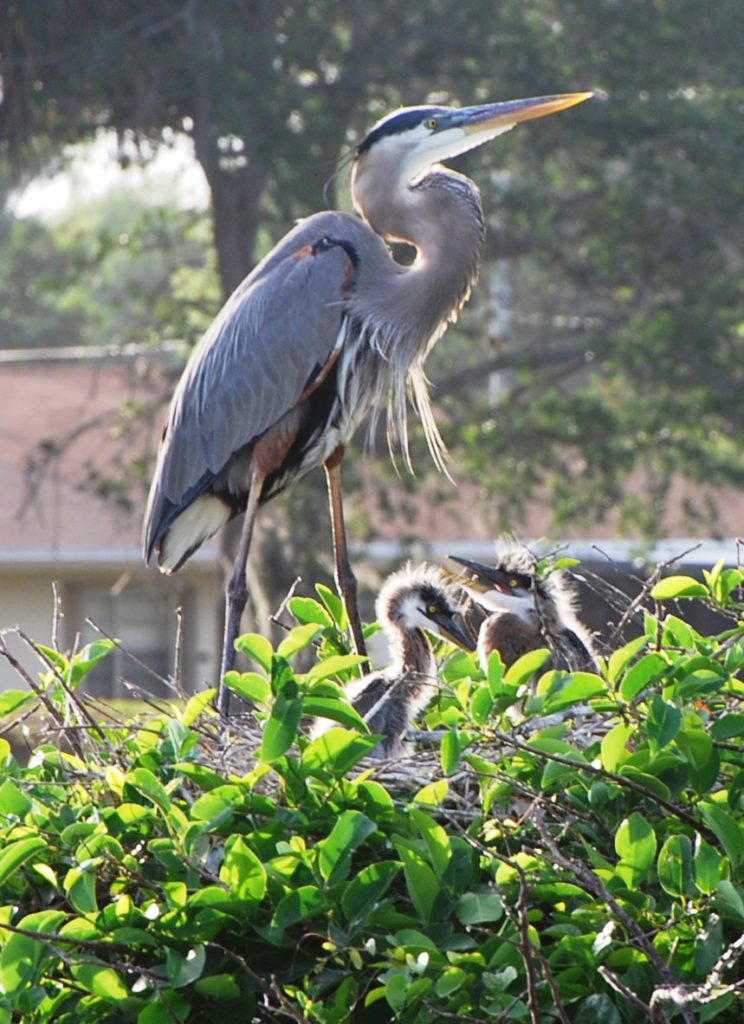
Pond Apple
Annona glabra
Pond apple naturally grows from scattered locations in the Florida Keys up to Martin County. It can be found sparingly from there to Brevard County. It is tolerant of brackish water and some salt air, but should be protected by other vegetation if grown back of the dune.
Rich, moist soil is prefered although standing water a foot deep and soils that dry out for short periods are tolerated. This makes a good tree for the average landscape if grown in moist areas of the yard. It drops most of its leaves briefly in February.
The oblong leaves are up to seven inches long and the stems are dark brown like the twigs on an apple tree. In summer, one inch leathery flowers appear and are followed by a heart shaped fruit that starts green and turns brown and splits when ripe.
This fruit is slightly sweet and can be much appreciated when found during a long August hike. The half inch seeds are plentiful and can’t be eaten. I just pull the fruit apart, scoop out the pulp with my teeth and spit out the seeds.
Many wading bird species build their nests on the top of Pond Apple branches, especially on trees growing out in the water where raccoons are afraid to venture.
Although alligators eat baby birds that drop from their nests, they also eat raccoons and other creatures that would raid the nests and eat all the eggs. It’s a trade off.
Also, there are now several species of lizards including the Green, Black Spinytail and Mexican Spinytail Iguanas that have the potential to raid bird nests. Hopefully the alligators will eat some of these too. Click for more info.
Pond Apple can be planted on the edge or in the water along lake or pond edges, canal banks, salt marshes and within retention ponds. Its roots will help clean the water within and entering these water bodies.
Build up the other tree species with Red Maple, Hackberry, Laurel and Live Oak, Slash Pine, Water Hickory, Pop Ash and Cypress (both of which can also be planted in the water), and Sweet Bay Magnolia.
Understory should be wetland herbs like Pickerelweed, Duck Potato, Giant Leather Fern, American Crinum Lily, Prairie Iris, Florida Lily, Marsh, Swamp, Hottentot and Virginia Chain Ferns.
The south rim of Lake Okeechobee was once lined with tall Pond Apple trees thick with dense, woven horizontal branches. Too bad they were removed to make way for sugarcane.
There are two wetland preserves in Palm Beach County which are actually water purification marshes associated with two sewage treatment plants. These are the Wakodahatchee and Green Cay Wetlands. Take a trip there from early February to May and you will see many wading birds nesting in the Pond Apples that are planted in the shallow water.
There are green herons, great blue herons, great egrets, wood storks, anhingas, cormorants, Louisiana herons, cattle egrets, and other bird species creating a cacophony of sound. There are also many other bird watchers sharing self evident, (“a priori knowledge”), as they try to make sense of the weird bird behaviors that they see.